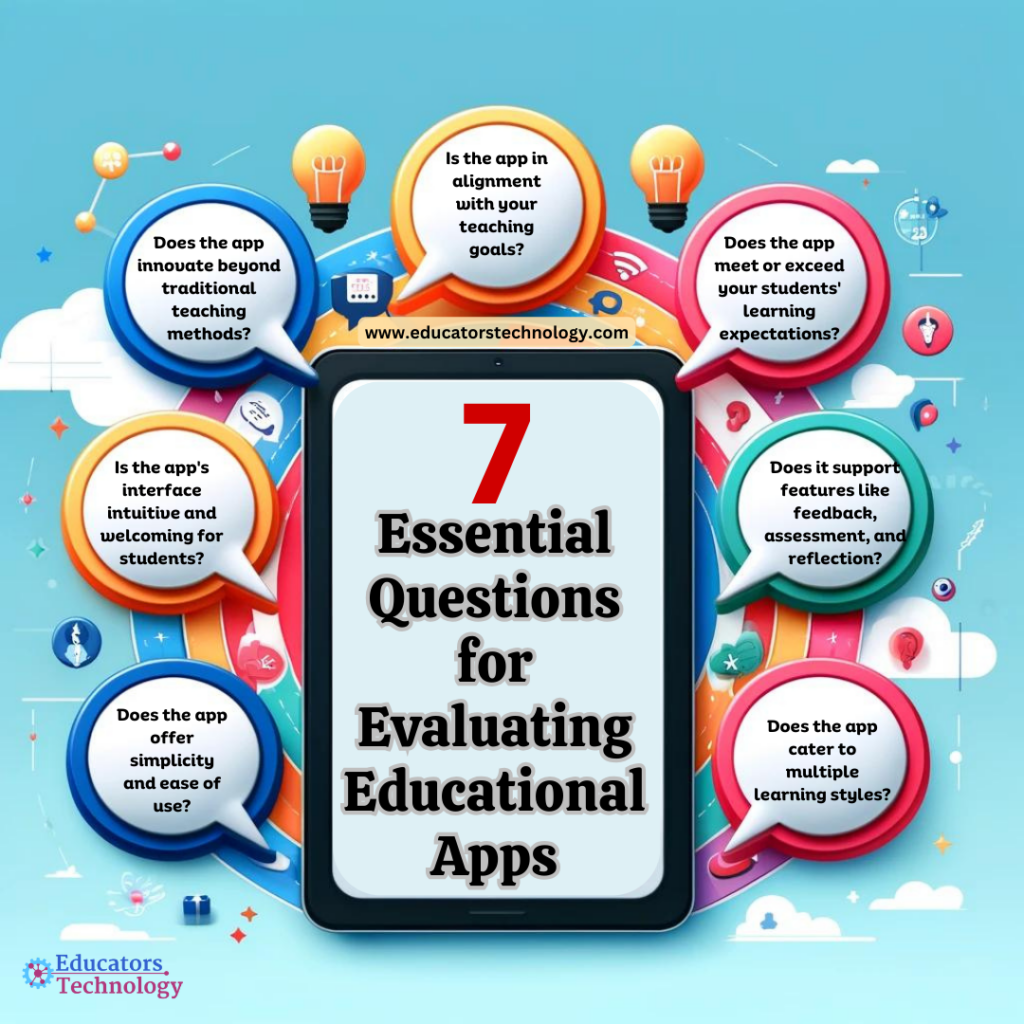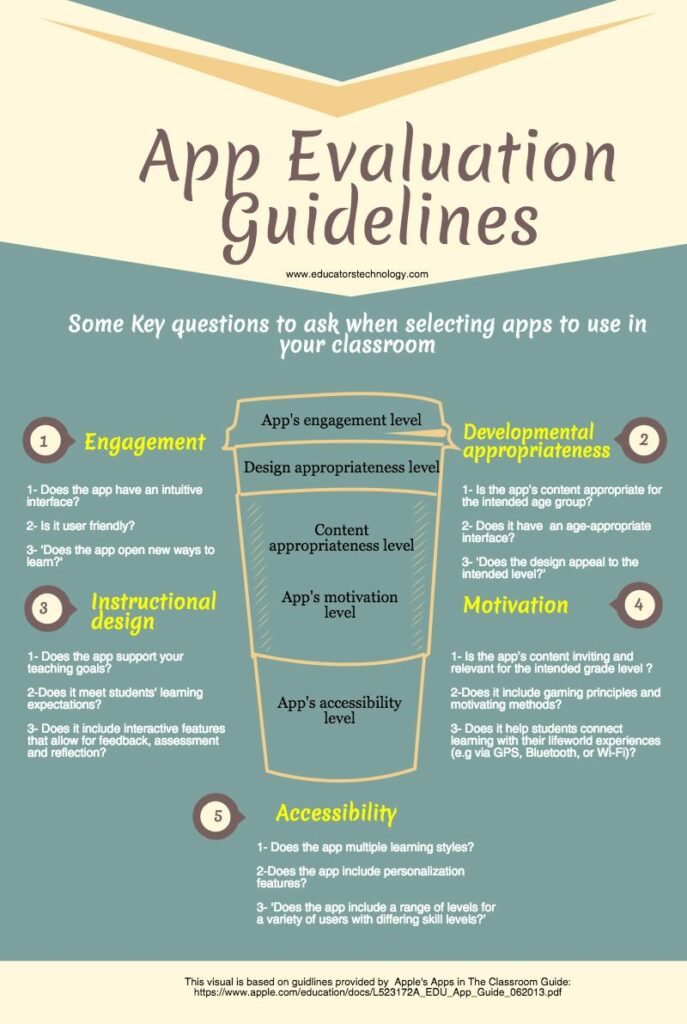In the rapidly evolving landscape of online education, safeguarding against cyber threats has become a top priority for educational institutions.
This post was first published on eLearning Industry.
In the rapidly evolving landscape of online education, safeguarding against cyber threats has become a top priority for educational institutions.
This post was first published on eLearning Industry.
As the world of mobile applications is getting richer and richer, the ability to discern which apps will truly enrich our teaching and engage our students is a key skill for teachers. It’s akin to selecting the right tools for a craftsman; the choice can significantly enhance the craftsmanship, in this case, the learning and teaching experience. In this post, I share with you these practical guidelines I put together a few years ago, which, despite the passage of time, remain incredibly relevant and useful for educators looking to navigate the vast sea of educational technology.
These guidelines are based on Apple’s recommendations for selecting educational apps, a resource that originally served as a beacon for many of us in the educational community. Unfortunately, the initial link to Apple’s PDF I used years ago is not working (htps://www.apple.com/education/docs/L523172A EDU App Guide_062013.pdf)) , and I can’t seem to find the new link to the guide. If anyone has it or knows where to find it, please share with us so the whole community benefits.
Drawing from the comprehensive guidelines outlined in this post (see below), I’ve extracted 7 pivotal questions to aid teachers in their quest to evaluate and find effective educational apps:

Related: Best Apps for Students and Teachers
Now, let’s explore the various facets of app evaluation, from engagement and instructional design to content appropriateness, motivation, and accessibility. Each of these areas is crucial for ensuring that an app not only fits into our educational toolkit but also resonates with and supports our students’ learning journeys.
When it comes to integrating apps into the classroom, the first checkpoint is engagement. An app must be more than just a digital placeholder in the students’ learning journey; it should captivate and hold their attention. Here’s what to consider:
The structural design of an app is its backbone, providing the necessary support to meet educational objectives. Consider these aspects:
The content within an app serves as its foundation, grounding the learning experience in age-appropriate and relevant material.
An app’s ability to motivate learners is like the spark that ignites curiosity and drives engagement.
Accessibility ensures that the app is a bridge, not a barrier, to learning, catering to diverse needs and learning styles.

The guidelines and questions shared in this post, drawn from Apple Education ‘s insightful recommendations, provide a robust framework for evaluating the myriad of apps available. They serve as a compass, guiding us towards making informed decisions that enrich our educational toolkit and, most importantly, resonate with our students’ learning journeys. Despite the challenges, such as the unavailability of the original Apple guide, our collective endeavor to share knowledge and resources continues. This spirit of collaboration is what makes our community vibrant and resourceful.
The post 7 Essential Questions for Evaluating Educational Apps appeared first on Educators Technology.
See the effects of music on cognitive load and in eLearning, and get guidelines for using music wisely in different contexts.
This post was first published on eLearning Industry.